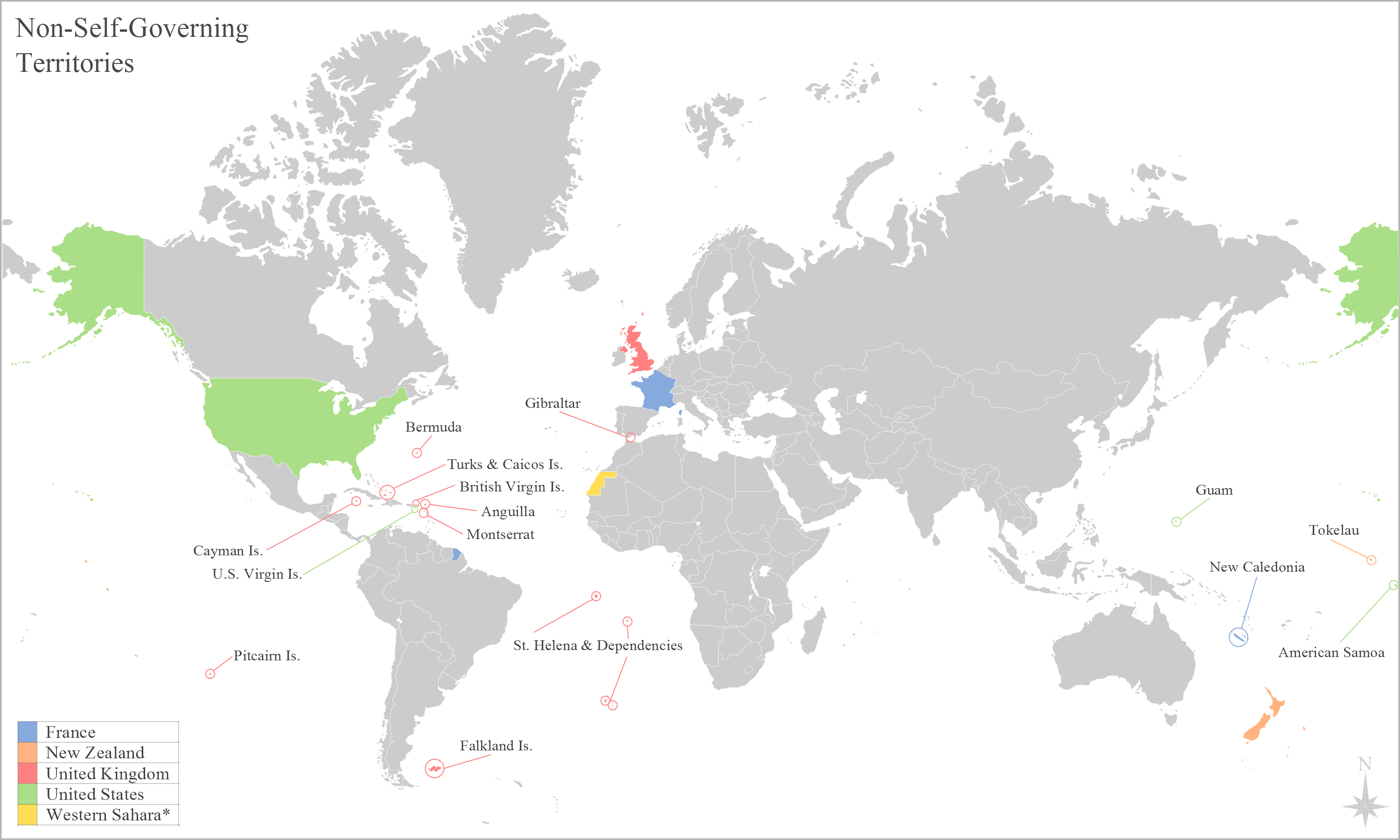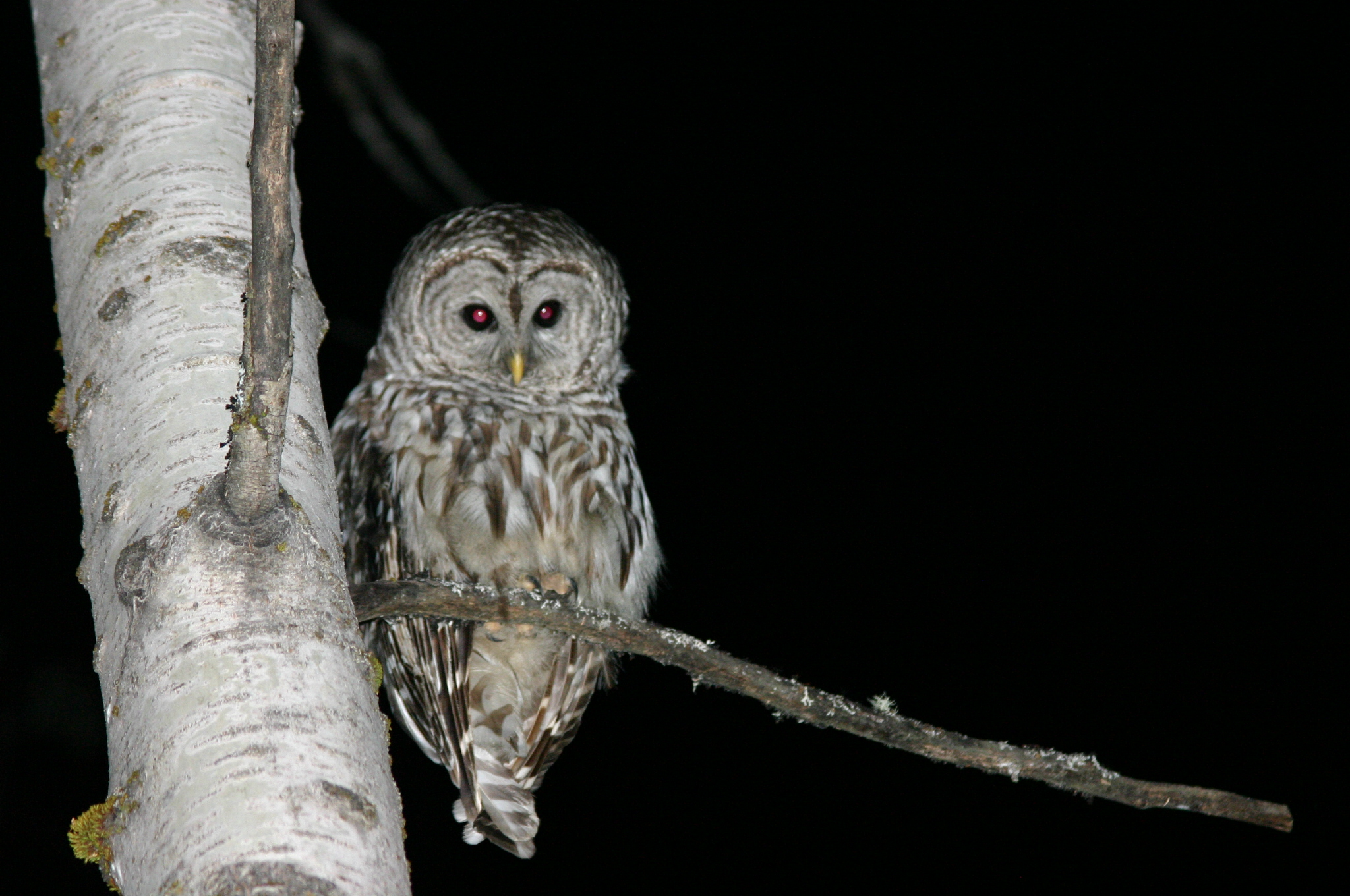|
Flying Mouse
The flying mice, also known as the pygmy scaly-tails, pygmy scaly-tailed flying squirrels, or pygmy anomalures are not true mice, not true squirrels, and are not capable of true flight. These unusual rodents are essentially miniaturized versions of anomalures and are part of the same sub-Saharan African radiation of gliding mammal. Characteristics These animals resemble mice with gliding membranes and long, sparsely-haired tails. Their appearance is similar to some marsupial gliders. They are less than 10 cm (4 inches) in head and body length and weigh 14-35 grams (1/2 - 1.2 oz). Flying mice are nocturnal and are found in the poorly explored tropical forests of central (and to a lesser extent western) Africa. Little is known of their habits as a result. It has been suggested that one or both species may live in colonies of dozens of individuals. Bats may also be found sharing these tree-hollow colonies. Species * Long-eared flying mouse (''Idiurus macrotis'') ... [...More Info...] [...Related Items...] OR: [Wikipedia] [Google] [Baidu] |
Paul Matschie
Paul Matschie Paul Matschie (11 August 1861, Brandenburg an der Havel – 7 March 1926, Friedenau) was a German zoologist. He studied mathematics and natural sciences at the Universities of Halle and Berlin, afterwards working as an unpaid volunteer at the Berlin Zoological Museum under Jean Cabanis (1816–1906). In 1892 he was in charge of the department of mammals at the museum, later becoming a curator (1895), and in 1902 attaining the title of professor. In 1924 he was appointed second director at the museum. During the years 1891–93, he described 11 new species of reptiles. A species of gecko, ''Hemidactylus matschiei The Togo leaf-toed gecko (''Hemidactylus matschiei'') is a species of gecko, a lizard in the family Gekkonidae. The species is endemic to West Africa. Etymology The specific name, ''matschiei'', is in honor of German zoologist Paul Matschie.Beo ...'' ( Tornier, 1901), is named in his honor. Matschie organized the fifth International Congress of ... [...More Info...] [...Related Items...] OR: [Wikipedia] [Google] [Baidu] |
Tropical Forest
Tropical forests (a.k.a. jungle) are forested landscapes in tropical regions: ''i.e.'' land areas approximately bounded by the tropic of Cancer and Capricorn, but possibly affected by other factors such as prevailing winds. Some tropical forest types are difficult to categorise. While forests in temperate areas are readily categorised on the basis of tree canopy density, such schemes do not work well in tropical forests. There is no single scheme that defines what a forest is, in tropical regions or elsewhere.Anatoly Shvidenko, Charles Victor Barber, Reidar Persson et al. 2005 " Millennium Ecosystem Assessment." Ecosystems and human wellbeing: a framework for assessment Washington, DC: Island Press Because of these difficulties, information on the extent of tropical forests varies between sources. However, tropical forests are extensive, making up just under half the world's forests. The tropical domain has the largest proportion of the world’s forests (45 percent), follow ... [...More Info...] [...Related Items...] OR: [Wikipedia] [Google] [Baidu] |
Gliding Mammal
A number of animals are capable of aerial locomotion, either by powered flight or by gliding. This trait has appeared by evolution many times, without any single common ancestor. Flight has evolved at least four times in separate animals: insects, pterosaurs, birds, and bats. Gliding has evolved on many more occasions. Usually the development is to aid canopy animals in getting from tree to tree, although there are other possibilities. Gliding, in particular, has evolved among rainforest animals, especially in the rainforests in Asia (most especially Borneo) where the trees are tall and widely spaced. Several species of aquatic animals, and a few amphibians and reptiles have also evolved this gliding flight ability, typically as a means of evading predators. Types Animal aerial locomotion can be divided into two categories: powered and unpowered. In unpowered modes of locomotion, the animal uses aerodynamic forces exerted on the body due to wind or falling through the air. In po ... [...More Info...] [...Related Items...] OR: [Wikipedia] [Google] [Baidu] |
Pygmy Scaly-tailed Flying Squirrel
The pygmy scaly-tailed flying squirrel (''Idiurus zenkeri'') is a species of rodent in the family Anomaluridae. It is found in Cameroon, Central African Republic, Republic of the Congo, Democratic Republic of the Congo, Equatorial Guinea, and Uganda }), is a landlocked country in East Africa. The country is bordered to the east by Kenya, to the north by South Sudan, to the west by the Democratic Republic of the Congo, to the south-west by Rwanda, and to the south by Tanzania. The south .... Its natural habitat is subtropical or tropical moist lowland forests. References *Dieterlen, F. 2005. Family Anomaluridae. Pp. 1532-1534 ''in'' Mammal Species of the World a Taxonomic and Geographic Reference. D. E. Wilson and D. M. Reeder eds. Johns Hopkins University Press, Baltimore. pygmy scaly-tailed flying squirrel Mammals of Cameroon Mammals of the Democratic Republic of the Congo pygmy scaly-tailed flying squirrel Taxonomy articles created by Polbot {{ro ... [...More Info...] [...Related Items...] OR: [Wikipedia] [Google] [Baidu] |
Long-eared Flying Mouse
The long-eared flying mouse (''Idiurus macrotis'') or long-eared scaly-tailed flying squirrel, is a species of flying mouse from western and central Africa. It is not actually a squirrel, nor a mouse, though it is a rodent. Not much is known about them because they are very hard to keep alive in captivity. To achieve gliding flight, it uses two membranes ( patagia) which fold up when not in use. When the limbs are stretched wide in a star-shape, the membranes become taut and allow the rodent to glide from tree to tree. Being arboreal, ''Idiurus'' spends all of its time in the trees, living in hollow trunks in groups of 2 to 40. Limit information suggests that it is mainly frugivorous. It has a long tail in proportion to its body, sporting two lines of raised scales, and patches of scaly skin to help it grip trees, but the rest of its body is furry. The tail is longer than the body and is also used to balance, like a primate Primates are a diverse order (biology), order ... [...More Info...] [...Related Items...] OR: [Wikipedia] [Google] [Baidu] |
Tree-hollow
A tree hollow or tree hole is a semi-enclosed cavity which has naturally formed in the trunk or branch of a tree. They are found mainly in old trees, whether living or not. Hollows form in many species of trees, and are a prominent feature of natural forests and woodlands, and act as a resource or habitat for a number of vertebrate and invertebrate animals. Hollows may form as the result of physiological stress from natural forces causing the excavating and exposure of the heartwood. Forces may include wind, fire, heat, lightning, rain, attack from insects (such as ants or beetles), bacteria, or fungi. Also, trees may self-prune, dropping lower branches as they reach maturity, exposing the area where the branch was attached. Many animals further develop the hollows using instruments such as their beak, teeth or claws. The size of hollows may depend on the age of the tree. For example, eucalypts develop hollows at all ages, but only from when the trees are 120 years old do they f ... [...More Info...] [...Related Items...] OR: [Wikipedia] [Google] [Baidu] |
Colony
In modern parlance, a colony is a territory subject to a form of foreign rule. Though dominated by the foreign colonizers, colonies remain separate from the administration of the original country of the colonizers, the ''metropole, metropolitan state'' (or "mother country"). This administrative colonial separation makes colonies neither incorporated territories nor client states. Some colonies have been organized either as dependent territory, dependent territories that are Chapter XI of the United Nations Charter, not sufficiently self-governed, or as self-governing colony, self-governed colonies controlled by settler colonialism, colonial settlers. The term colony originates from the ancient rome, ancient Roman ''colonia (Roman), colonia'', a type of Roman settlement. Derived from ''colon-us'' (farmer, cultivator, planter, or settler), it carries with it the sense of 'farm' and 'landed estate'. Furthermore the term was used to refer to the older Greek ''apoikia'' (), which w ... [...More Info...] [...Related Items...] OR: [Wikipedia] [Google] [Baidu] |
Africa
Africa is the world's second-largest and second-most populous continent, after Asia in both cases. At about 30.3 million km2 (11.7 million square miles) including adjacent islands, it covers 6% of Earth's total surface area and 20% of its land area.Sayre, April Pulley (1999), ''Africa'', Twenty-First Century Books. . With billion people as of , it accounts for about of the world's human population. Africa's population is the youngest amongst all the continents; the median age in 2012 was 19.7, when the worldwide median age was 30.4. Despite a wide range of natural resources, Africa is the least wealthy continent per capita and second-least wealthy by total wealth, behind Oceania. Scholars have attributed this to different factors including geography, climate, tribalism, Scramble for Africa, colonialism, the Cold War, neocolonialism, lack of democracy, and corruption. Despite this low concentration of wealth, recent economic expansion and the large and young ... [...More Info...] [...Related Items...] OR: [Wikipedia] [Google] [Baidu] |
Nocturnal
Nocturnality is an ethology, animal behavior characterized by being active during the night and sleeping during the day. The common adjective is "nocturnal", versus diurnality, diurnal meaning the opposite. Nocturnal creatures generally have highly developed senses of hearing (sense), hearing, olfaction, smell, and specially adapted eyesight. Some animals, such as cats and ferrets, have eyes that can adapt to both low-level and bright day levels of illumination (see metaturnal). Others, such as bushbaby, bushbabies and (some) bats, can function only at night. Many nocturnal creatures including tarsiers and some owls have large eyes in comparison with their body size to compensate for the lower light levels at night. More specifically, they have been found to have a larger cornea relative to their eye size than diurnal creatures to increase their : in the low-light conditions. Nocturnality helps wasps, such as ''Apoica flavissima'', avoid hunting in intense sunlight. Diurnality ... [...More Info...] [...Related Items...] OR: [Wikipedia] [Google] [Baidu] |
Idiurus Zenkeri
The pygmy scaly-tailed flying squirrel (''Idiurus zenkeri'') is a species of rodent in the family Anomaluridae. It is found in Cameroon, Central African Republic, Republic of the Congo, Democratic Republic of the Congo, Equatorial Guinea, and Uganda. Its natural habitat is subtropical or tropical moist lowland forests. References *Dieterlen, F. 2005. Family Anomaluridae. Pp. 1532-1534 ''in'' Mammal Species of the World a Taxonomic and Geographic Reference. D. E. Wilson and D. M. Reeder eds. Johns Hopkins University Press, Baltimore. pygmy scaly-tailed flying squirrel Mammals of Cameroon Mammals of the Democratic Republic of the Congo pygmy scaly-tailed flying squirrel The pygmy scaly-tailed flying squirrel (''Idiurus zenkeri'') is a species of rodent in the family Anomaluridae. It is found in Cameroon, Central African Republic, Republic of the Congo, Democratic Republic of the Congo, Equatorial Guinea, and ... Taxonomy articles created by Polbot {{rodent ... [...More Info...] [...Related Items...] OR: [Wikipedia] [Google] [Baidu] |
Acrobates
The feathertail glider (''Acrobates pygmaeus''), also known as the pygmy gliding possum, pygmy glider, pygmy phalanger, flying phalanger and flying mouse, is a species of marsupial native to eastern Australia. It is the world's smallest gliding mammal and is named for its long feather-shaped tail. A second species, the broad-toed feathertail glider (''Acrobates (Dromicia) frontalis'', De Vis 1887) is recognised by some authors based on unpublished genetic studies and cryptic morphological differences in toe and tail characteristics. With this recognition, it is suggested that ''Acrobates pygmaeus'' takes the common name narrow-toed feathertail glider. Description At just in head-and-body length and weighing about , the feathertail glider is only around the size of a small mouse, and is the world's smallest gliding mammal. The fur is soft and silky, and is a uniform greyish brown on the upper body, and white on the underside. There are rings of dark fur around the eyes, the rh ... [...More Info...] [...Related Items...] OR: [Wikipedia] [Google] [Baidu] |
_in_flight%2C_Cley%2C_Norfolk_1700.jpg)
.jpg)


